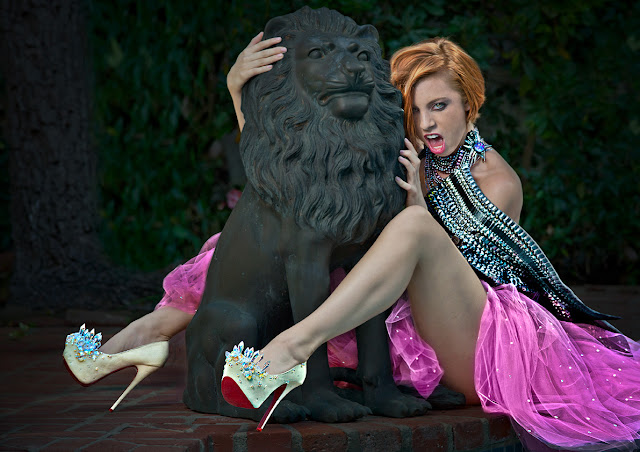I recently posted a Fine Art Nude image on a photography site - www.photosig.com - which seems to be one of the better managed sites focusing on image critique.
I had an interesting comment from a photographer who questioned quality of images vs quaity of equipment. Another sage observation by a sculptor photographer who commended the apparent three dimensionality of the image. I replied to both of these critiques briefly on the site and mentioned that I would prefer to discuss both the query and the observation in depth on my fledgling blog - so today I am tackling the equipment issue.
In Fine Art Nude studies the model to me is the primary input and key to a successful image. Without a great model who takes direction well and is willing to to go the extra yard to finesse an image - the project will be stillborn. Lighting folows in second place and the camera - for sure - taking the bronze.
Lighting set ups can be as simple or complex as the photographer desires. The key being, to keep the set up as simple as possible making sure that any additional lighting instruments added, whether backgrounds, hair /accents/rims and kickers actualy improve and augment the image and are not there just to show off your prowess as a master lighter or your inventory of toys and tricks.
Cameras in third place? Absolutely. A bottom of the range DSLR today with a cheap prime is all you need to capture gallery quaity images - so why spend more? Many photographers - myself included - will try and justify the additional expense of buying top of the range cameras and lenses. We all have our reasons, some more sensible than others. Personally I capture 90% of my images on digital medium format. I can - and will in this blog - extoll the virtues of MF above that of 35mm. The fact though remains that great images can be captured on entry level cameras.

